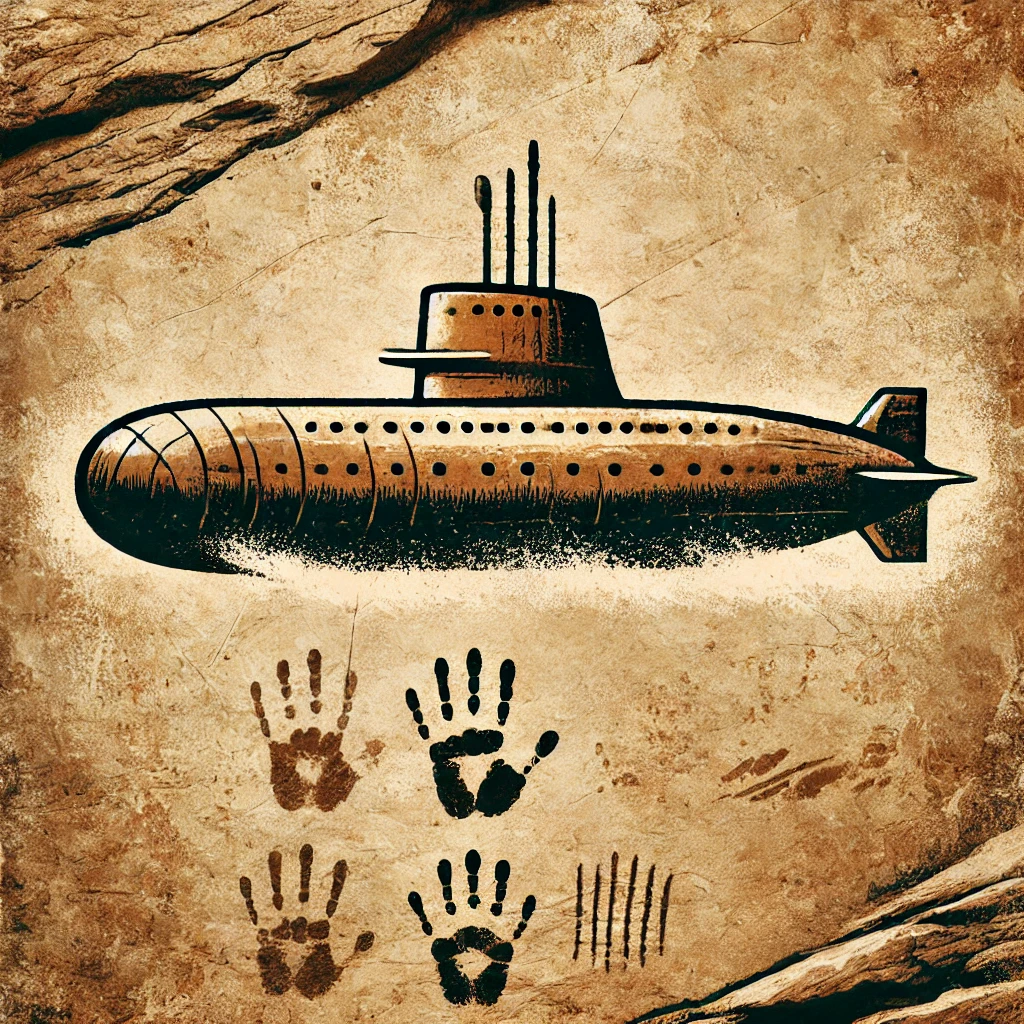Toy drones: affordable, low-risk entry into the world of flying
Imagine holding your first controller, taking off, the drone rises straight and responds smoothly—and within minutes you’re turning and landing confidently without fear of breaking anything or emptying your wallet. That’s what happens when you choose the right toy drone at a controlled price. In this guide, I’ll show you how to identify a model that truly teaches you to fly, what performance to expect, and how to avoid paying for flashy features you don’t need as a beginner. The goal is simple: make an informed decision and enjoy learning from day one.
Why a toy drone is the smartest first step
A toy drone isn’t “cheap” in the negative sense—it’s a simple, durable tool designed for stress-free learning. Its lightweight build minimizes crash damage, propeller guards prevent accidents indoors, and its electronics prioritize stability over speed. This setup helps you build reflexes, understand orientation, and gain confidence without every mistake turning into an expensive repair. Starting at this level replaces stress with consistent practice—and that accelerates learning faster than any high-end technology. Plus, a budget-friendly model lets you repeat, fail, improve, and keep flying—the only real path to mastering control.
What real skills you can learn with a beginner drone
Basic control and orientation
A beginner pilot’s first challenge is realizing that left and right controls change depending on which way the drone faces. With a toy drone, you can practice orientation both while facing the drone and in headless mode, where controls stay aligned to your position. Repeating takeoffs, turns, and landings trains your mind to anticipate inertia and correct automatically.
Stability, altitude, and wind correction
Many entry-level drones include a gyroscope and altitude hold. They’re not perfect systems, but they let you feel how the drone self-corrects and how to complement it with smooth stick movements. Practicing on calm days and later with light breezes teaches you to read your environment and know when not to fly.
Safe flight routines
A good starting habit is lifting just a few feet, stabilizing, moving in a square pattern, and returning to your starting point. Over time, add gentle rotations and height changes—always at low speed. This simple routine builds a strong foundation for any future drone, from a hobby model to one with a stabilized camera.
Features that really matter when choosing a toy drone
Stability and controller response
The feeling of control is everything. Look for a drone that maintains its heading without jitter and responds clearly and proportionally to joystick input. If it drifts when you release the stick, adjust the trim—it’s normal and should take seconds to fix. Any delay in response causes frustration and slows your learning curve.
Battery life and management
At this level, flights last around five to ten minutes. The goal isn’t squeezing out one more minute—it’s having two or three easy-to-swap batteries and a safe charger. The battery should stay cool after a short rest and not swell over time. If you notice sudden drops in charge or overheating, stop using it and replace it. Factor in spare battery costs to keep your total budget realistic and predictable.
Protection and durability
Propeller guards aren’t decoration—they make all the difference indoors. They absorb impacts, protect furniture and walls, and keep little fingers safe. A flexible but sturdy frame helps crashes end with a scare, not a repair. If the drone holds its shape after a bump and maintains level flight, you’ve chosen well.
Camera—yes or no?
A camera on a toy drone can be fun but shouldn’t drive your first purchase. The priority is learning to fly. If your model includes one, expect basic image quality—the goal is to experiment, not capture perfect footage. Once you master control, you can upgrade to a drone with proper stabilization and optics without developing bad flying habits.
How to keep costs under control and avoid marketing traps
Ads often promise exaggerated features that add nothing for beginners. To stay on budget, focus on flight experience, spare parts availability, and controller quality. A drone with two batteries, propeller guards, and spare blades may cost a little more upfront but extends flight sessions and avoids emergency purchases later. Check that parts are easy to find and that the battery connector is common so you’re not locked into one seller. If a feature sounds spectacular, ask yourself if it helps you take off, stabilize, turn, or land better—if not, you probably don’t need it yet.
Environment, safety, and smooth progress
Where and when to fly
Start in open spaces, away from people and with minimal wind. Indoors, clear the area and avoid fragile objects. Adequate light helps sensors and your depth perception. Flying when tired or rushed often ends in crashes—short, frequent sessions work best.
Habits that extend your drone’s life
Warm up motors with a few seconds of idle spin, take off gently, and let the battery rest before recharging. Store the drone with straight propellers and remove dust from motors using gentle air. These simple habits maintain performance and prevent unnecessary costs.
Signs you’re ready to level up
You’ll know it’s time to upgrade when you can hold position without assistance, correct orientation confidently, and chain smooth takeoffs and landings repeatedly. If your drone starts feeling limited outdoors or you want better video quality, you’ve built the skills to choose a more advanced model wisely—without impulsive buying.
Conclusion: learn well today to choose better tomorrow
Starting with an affordable toy drone gives you the most valuable resource: flight hours without fear. With enough stability, simple batteries, reliable guards, and accessible parts, every crash becomes a cheap lesson and every flight real progress. This mix of practice and confidence is what will later let you choose a superior drone for the right reasons—not just because of flashy marketing.




